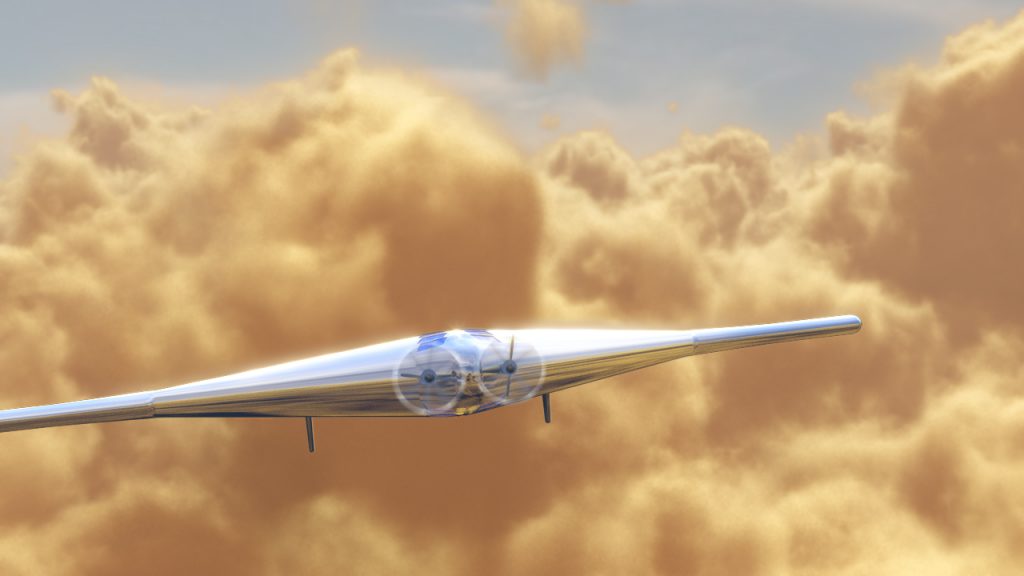The human urge to discover signs of ancient life on planets in our solar system is not new. However, space crafts lighter-than-air may well be the answer to the human question of finding signs of ancient civilizations on other planets by helping us explore the clouds of Venus.
The ambitious VAMP (Venus Atmospheric Maneuverability Platform) project was coined in 2014 with the idea of launching inflatable aircraft from space to scan Venus’ upper atmosphere.
Taking the lead from the concept, a press release from the University of West Virginia has revealed that they are working on software that would assist such aircraft in skimming through the horizons of Venus autonomously. The text of the statement is to “propose a software solution that will allow hybrid aerobots to explore the atmosphere of Venus.“ In addition, the software would have the potential of controlling optimized flight paths while accounting for strong winds and sunlight intensity; this would aid in keeping the aircraft in flight for the longest time without any hitch.
The original concept of the Northrop Grumman group was to develop an aircraft that would be self-inflatable and would have the capacity to glide and scan through Venus’ clouds using little or no energy at all. The aircraft would harbor energy from the sun during the daytime and expend it at night. The plan also highlighted vital features to be included in the craft, light enough to glide with minimum possible energy and sturdy enough to glide through intense Venus clouds. High Altitude Venus Operational Concept (HAVOC) is another proposal for carrying out similar missions.
The Verge rightly noted in 2015 that Venus is a better alternative to send humans instead of Mars. No doubt, Mars’ orbital cycle is similar to Earth’s, and it remains closed for most of the year, but its scorching hot surface makes it practically uninhabitable. On the other hand, the settlement in Venus clouds will expose humans to similar temperatures on Earth. The VAMP will be easily deployable at such temperatures.
If scans the clouds of Venus, the VAMP spacecraft will be of utmost importance in assisting any future expeditions on Venus. In addition to sending humans on the planet to live, the planet’s climate is sure to provide insight to Earth’s climate as it went through a climate change converting it from a habitable Earth-like planet to an uninhabitable planet. Moreover, the discovery of phosphine is a welcome sign for life in the clouds of Venus. However, we will have to wait and watch as these flights take off using complex software to determine whether humans can or cannot reside on other planets.

